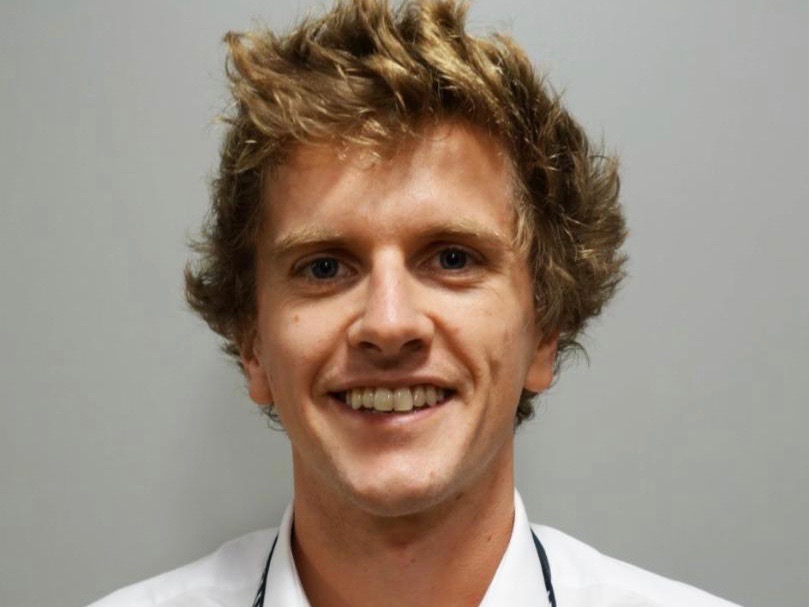30th June 2021 By Staff Reporter | news@tourismticker.com | @tourismticker
 The NZ government paused quarantine-free travel from Australia on 26 June, following rising Covid community spread in NSW.
The NZ government paused quarantine-free travel from Australia on 26 June, following rising Covid community spread in NSW.
The quarantine- free travel pause with Australia buys New Zealand time to upgrade its own Covid-19 response, writes senior lecturer in public health Matt Hobbs of the University of Canterbury.

Matt Hobbs
The trans-Tasman travel bubble popped just ten weeks after quarantine-free travel started.
The government today [29 June] announced that the current pause in trans-Tasman travel has been extended until at least midnight on Sunday. It will then only lift for South Australia, Australia Capital Territory, Tasmania and Victoria. Travellers will also need to have a pre-departure test within 72 hours of leaving Australia.
The decision follows several Covid-19 outbreaks in Australia. Up to 80% of Australians are now under some form of restriction or lockdown.
New Zealand has so far managed to avoid an outbreak, with no community transmission despite the fact that an Australian visitor spent a weekend in Wellington earlier this month and subsequently tested positive for the delta variant.
While alert levels for the Wellington region returned to level 1 overnight, it will be a few weeks before New Zealanders can breathe a sigh of relief. The rapidly changing situation in Australia now poses a new and arguably even greater risk.
Several other countries in the Asia-Pacific region, which were once Covid-19 success stories, have all seen significant, uncontrolled and rapid surges in cases and hospitalisations. Australia is on the verge of joining this growing list, which includes Taiwan and Fiji.
The risk from Australia
The situation in Australia is evolving but has several concerning developments. The highly infectious delta variant has rapidly reached several parts of the country, including areas it hasn’t been before.
Australia’s Covid-19 response committee held an emergency meeting on Monday in response to the escalating situation.
New South Wales is now the “epicentre”. The outbreak has reached 130 infections and residents are adjusting to life under lockdown. Hundreds of school children are also self-isolating after four students tested positive at a primary school.
In the Northern Territory, a lockdown was announced after a mine worker tested positive and Queensland is entering a lockdown, with several new community cases announced over the past few days and a growing number of exposed sites.
In Western Australia, Perth and Peel have gone into a full lockdown from midnight Monday for at least four days.
Victoria, Tasmania and South Australia have no new local Covid-19 cases. However, at least 29 workers from the Northern Territory mine are now in South Australia, with tests yet to be completed.
Refining New Zealand’s response
New Zealand remains more vulnerable to a new Covid-19 outbreak than ever before, largely due to the emergence of new highly infectious variants.
In the UK, the delta variant now accounts for 99% of transmissions. Public health experts in New Zealand have called for an urgent upgrade of the country’s alert level system and contact tracing, as well as an acceleration of the vaccine rollout, to prevent future outbreaks.
The Australian outbreaks should add urgency to these calls. Two people have already travelled to New Zealand who were potentially exposed to an Australian miner with Covid-19. They are in isolation and are being tested.
A recent survey found 80% of New Zealanders think the government got restrictions right — more than any other surveyed country. New Zealand has used the “swiss cheese model”, which applies several layers of barriers and safeguards to protect people from the virus.

Many layers of our Covid-19 defence now require an upgrade. Until now, we’ve had a reactive approach to QR scanning, with low or declining usage. The only increases in QR scanning followed outbreaks or Covid-19 scares.
On Monday, Cabinet commissioned advice on making QR scanning mandatory. This may have to become part of life, just like checking IDs at a bar.
Cabinet is also looking into mandating mask use in more settings at alert level 2 and above. Face coverings may be particularly useful when physical distancing is not possible.
Bursting the travel bubble
The current pause is justified. Let us remind ourselves of the devastation caused beyond our borders and how quickly the less transmissible original strain of Covid-19 spread around New Zealand from March 2020 onwards.

The new delta variant is about 60% more transmissible than the alpha strain, which itself was more contagious than the original virus.
Things can change quickly and the current pause has allowed experts the time to assess risk. It has also bought us valuable time to upgrade our response hopefully beyond just requiring pre-departure tests from Australia and treats the risk of a delta variant outbreak with the care it deserves.
Based on the uncertain and complex situation emerging across several Australian states, the reopening of the trans-Tasman bubble may remain difficult.
The government has made it clear from the start that New Zealand travellers could get stuck in Australia. The data that emerges from Australia over the next few days will be crucial in determining how and when travel can resume safely.
Republished from The Conversation, read the original article here.
University of Canterbury, GeoHealth laboratory post-doctoral fellow Lukas Marek contributed the data visualisation of New Zealand’s Covid-19 case numbers.